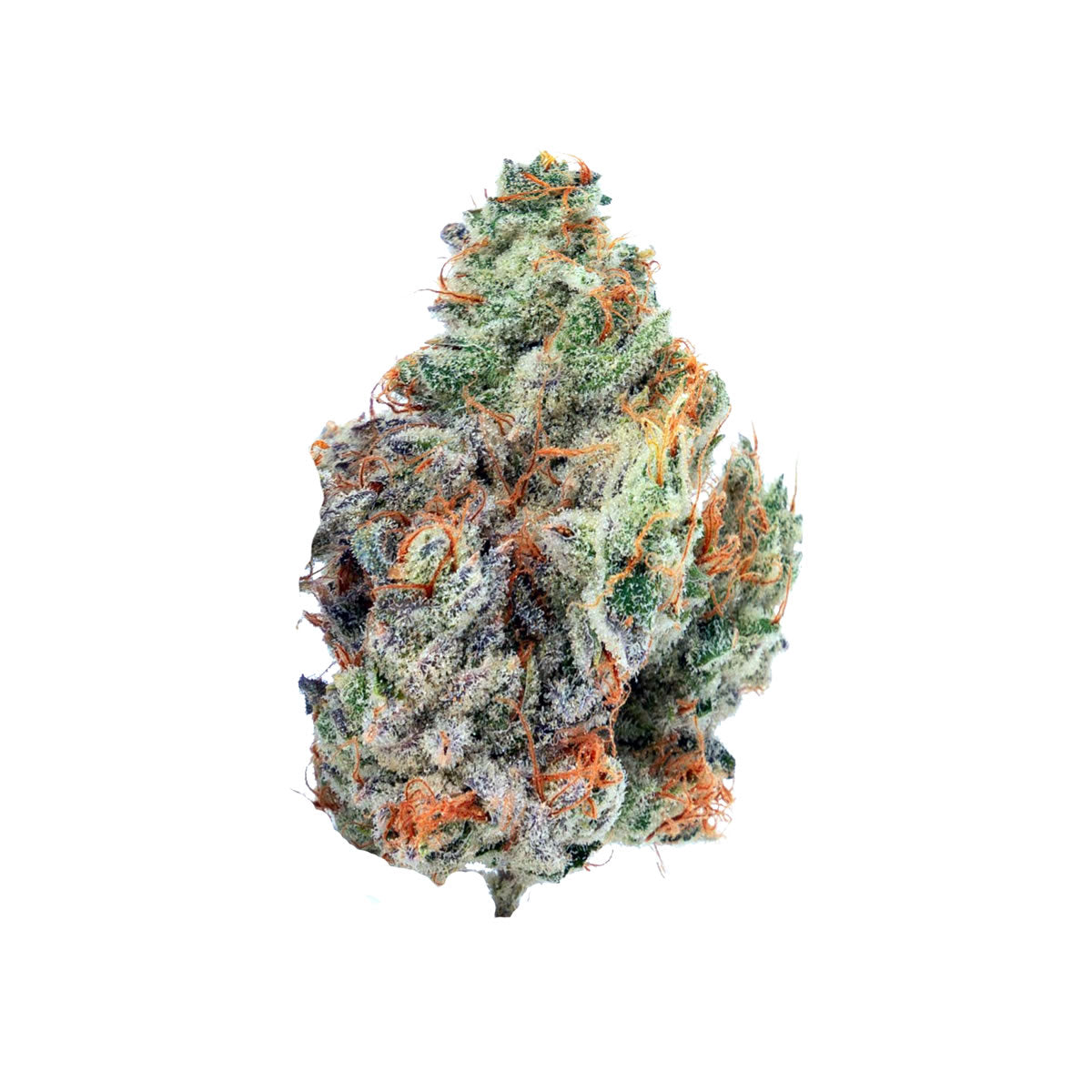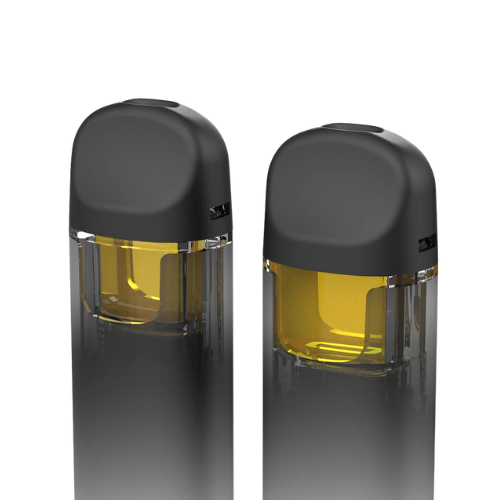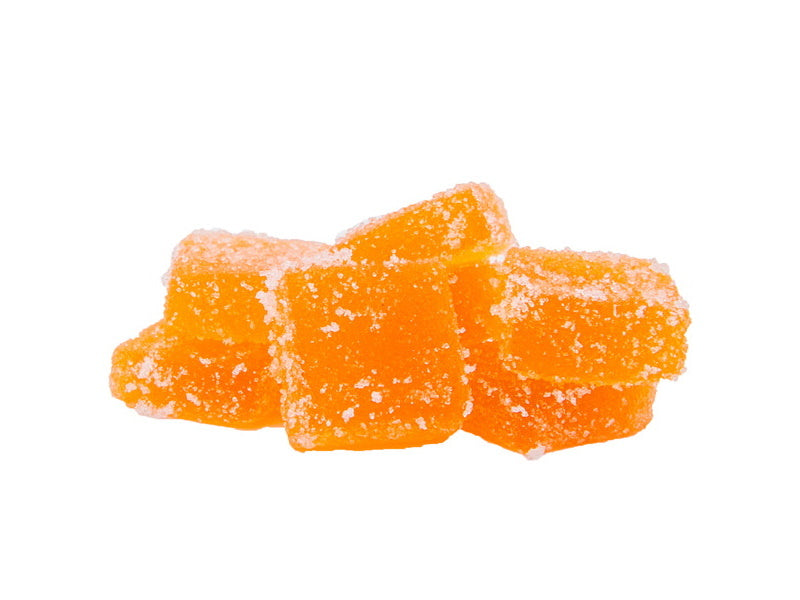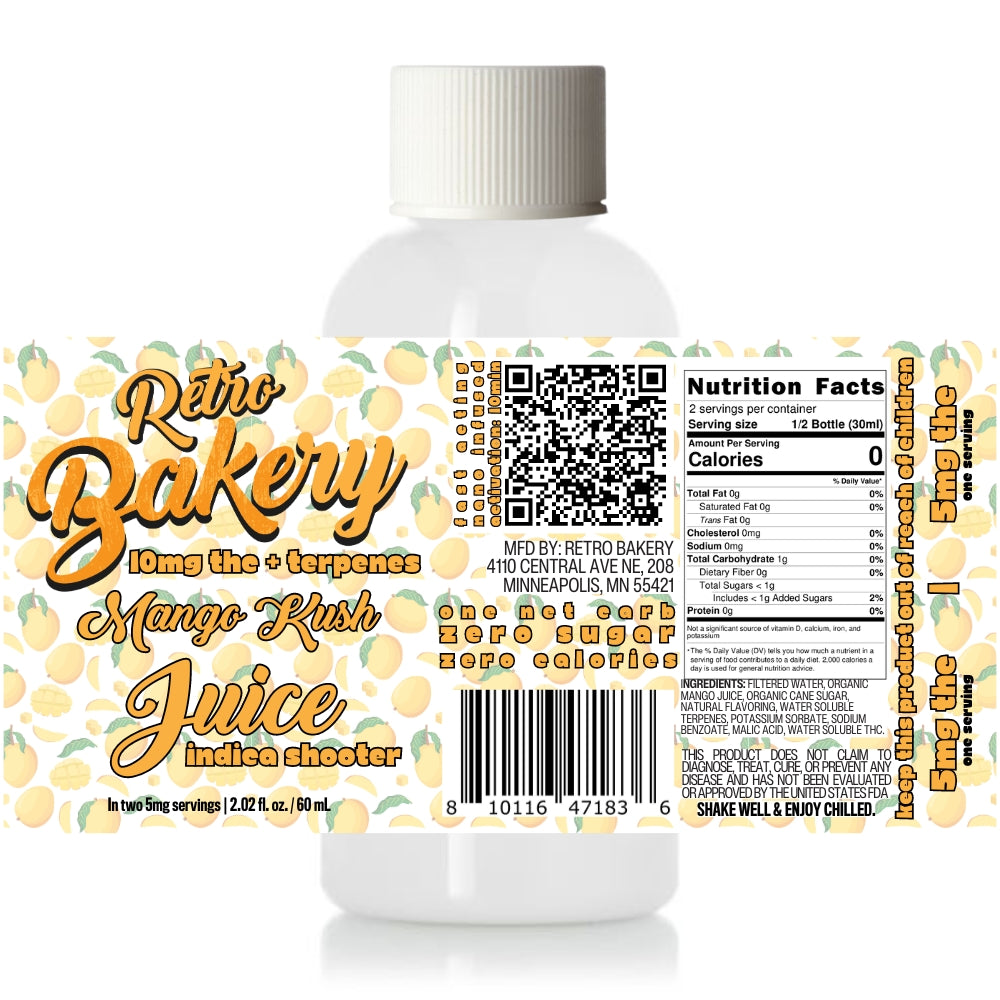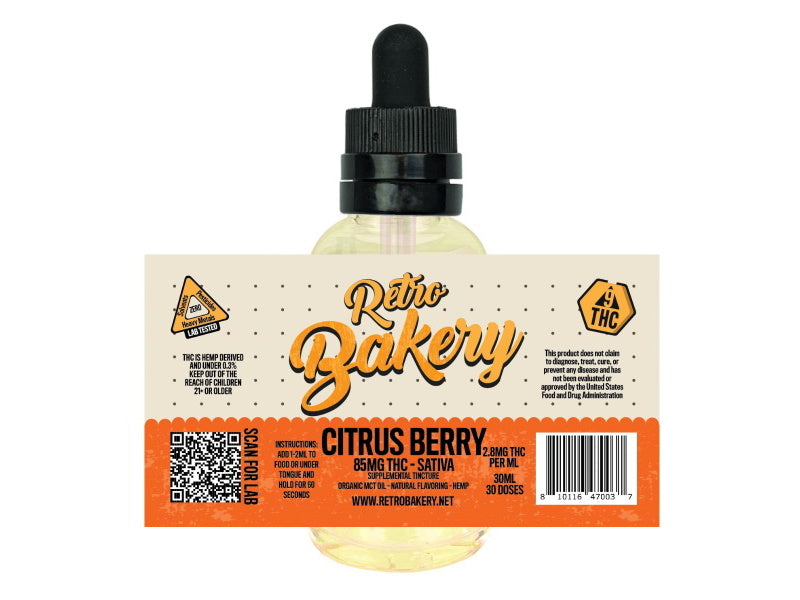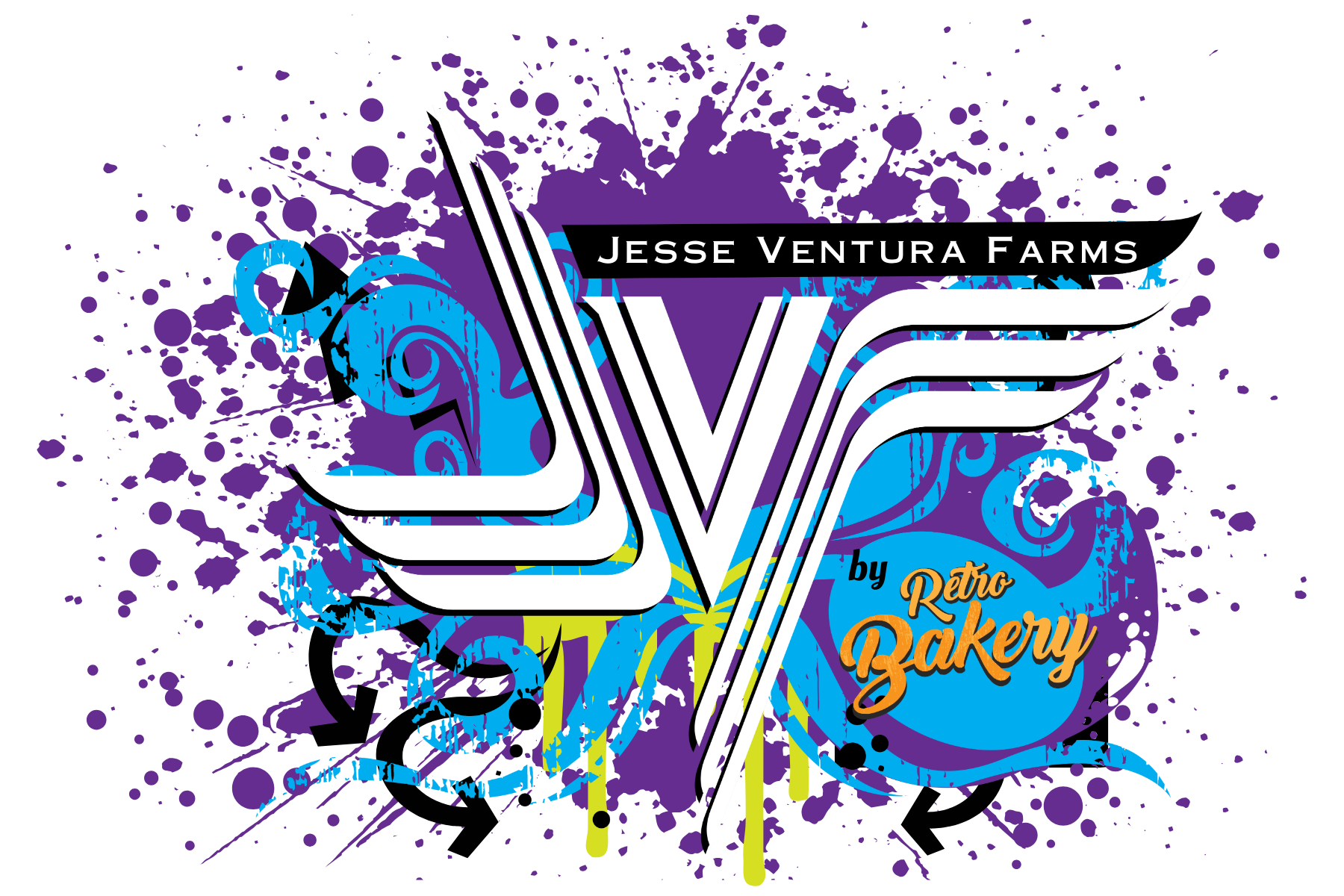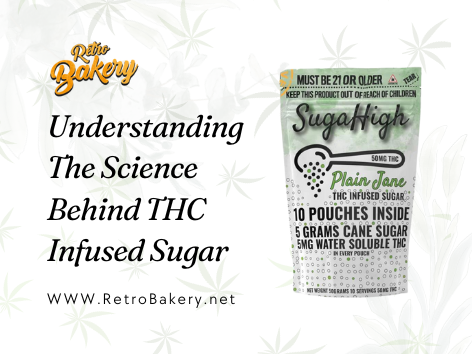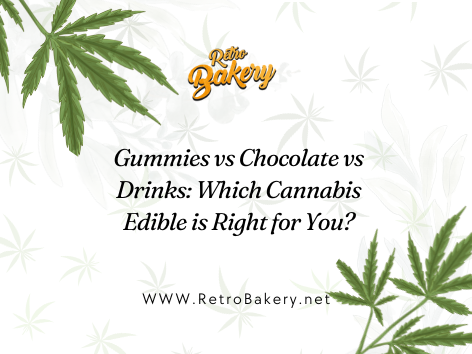Understanding The Science Behind THC Infused Sugar
Welcome to the sweet and fascinating world of THC-infused sugar! If you've ever wondered how this innovative product is created, you're in for a treat. Today, we're diving deep into the molecular gastronomy behind THC-infused sugar, exploring the intricate science that makes this sweet revolution in cannabis consumption possible. Whether you're a curious cannabis enthusiast, a culinary adventurer, or simply intrigued by the intersection of science and edibles, this article will satisfy your appetite for knowledge. So, let's embark on this journey through the biochemical processes that bring THC and sugar together in perfect harmony!
The Basics of THC and Sugar
Before we delve into the complexities of infusion, it's crucial to understand the fundamental properties of both THC and sugar. These two substances, while seemingly worlds apart, come together in a dance of molecules to create a unique product.
What is THC?
Tetrahydrocannabinol, commonly known as THC, is the primary psychoactive compound found in cannabis plants. This fascinating molecule is responsible for many of the effects associated with cannabis use. THC works by interacting with our body's endocannabinoid system, a complex network of receptors that play a role in regulating various physiological processes.
At a molecular level, THC is a lipophilic (fat-loving) compound, which means it doesn't mix well with water. This property plays a significant role in the challenges of infusing it into sugar, as we'll discover later.
Sugar: More Than Just Sweetness
Sugar, on the other hand, is a carbohydrate that we're all familiar with. But there's more to this sweet substance than meets the eye. The most common form of sugar, sucrose, is actually a disaccharide composed of two simpler sugars: glucose and fructose.
What makes sugar particularly interesting for THC infusion is its crystalline structure. These orderly arrangements of molecules provide a unique opportunity for incorporating other compounds, including THC.
The Challenge of Combining THC and Sugar
Here's where things get really interesting! Remember how we mentioned that THC is lipophilic? Well, sugar is hydrophilic, meaning it loves water. This fundamental difference in their chemical nature presents a significant challenge in combining the two.
Imagine trying to mix oil and water – that's essentially what we're dealing with when attempting to infuse THC into sugar. This solubility challenge is at the heart of the scientific process we're about to explore. It's what makes THC-infused sugar not just a simple mixture, but a product of clever chemical manipulation and innovative techniques.
The Science of THC Extraction
Before we can infuse sugar with THC, we need to extract the compound from the cannabis plant. This process is a science in itself, involving several fascinating techniques.
Decarboxylation: Activating THC
The first step in THC extraction is a process called decarboxylation. In its natural state within the cannabis plant, THC exists as THCA (tetrahydrocannabinolic acid), which is non-psychoactive. To convert THCA into the active THC, we need to apply heat.
This process involves breaking down the carboxyl group from the THCA molecule, releasing carbon dioxide and leaving behind the active THC. It's like waking up the THC from its slumber! This step is crucial because without it, the THC wouldn't produce its characteristic effects when consumed.
Solvent-Based Extraction Techniques
Once the THC is activated, it needs to be separated from the plant material. This is where solvent-based extraction comes into play. There are several methods, each with its own advantages:
-
Ethanol Extraction: This method uses alcohol to strip the cannabinoids from the plant material. It's efficient and can produce a high-quality extract, but it also pulls out water-soluble components like chlorophyll, which may require further refinement.
-
CO2 Extraction: This advanced method uses pressurized carbon dioxide to pull out the desired compounds. It's highly efficient and produces a pure extract, but requires specialized equipment.
-
Butane Hash Oil (BHO) Extraction: This method uses butane as a solvent. It's effective but can be dangerous if not performed correctly due to butane's flammability.
Solventless Extraction Methods
For those who prefer to avoid chemical solvents, there are also solventless extraction methods:
-
Rosin Press: This technique uses heat and pressure to squeeze the oils out of the plant material. It's simple and produces a pure extract, but yields may be lower than solvent-based methods.
-
Ice Water Extraction: This method uses ice water to separate trichomes (which contain THC) from the plant material. The resulting product is often called bubble hash.
-
Dry Sift: This involves using fine mesh screens to physically separate trichomes from the plant material.
Each of these methods has its own unique scientific principles at work, showcasing the diversity of approaches in THC extraction.
The Infusion Process: Merging THC and Sugar
Now that we have our extracted THC, it's time for the main event: infusing it into sugar. This process is where science and culinary art truly merge.
Preparing THC for Infusion
The extracted THC, often in the form of a distillate or oil, needs to be prepared for infusion. This may involve winterization to remove any remaining plant waxes or lipids, ensuring a pure THC product. The goal is to have a clean, concentrated form of THC that can be easily incorporated into the sugar.
Homogenization Techniques
One of the key challenges in creating THC-infused sugar is achieving even distribution. We want every grain of sugar to contain the same amount of THC for consistent dosing. This is where homogenization comes in.
Techniques like ultrasonic homogenization use sound waves to break down THC particles into extremely small sizes, allowing for better mixing with the sugar crystals. Other methods might involve creating an emulsion of THC with a carrier oil before introducing it to the sugar.
The Role of Heat in Infusion
Heat plays a crucial role in the infusion process. It helps to melt the sugar slightly, opening up its crystalline structure to allow THC molecules to integrate. However, it's a delicate balance – too much heat can degrade the THC or caramelize the sugar, while too little won't allow for proper infusion.
The exact temperature used depends on the specific infusion method, but it typically ranges between 200-240°F (93-116°C). This temperature range is high enough to melt sugar and allow for THC integration, but low enough to prevent significant THC degradation.
Chemical Bonding in THC-Infused Sugar
The magic of THC-infused sugar lies in the chemical bonds formed between THC molecules and sugar crystals. Understanding these bonds helps us appreciate the complexity of the final product.
Types of Bonds in THC-Infused Sugar
The primary types of bonds formed in THC-infused sugar are likely to be:
-
Hydrogen Bonds: These weak electrostatic attractions can form between the oxygen atoms in sugar molecules and the hydrogen atoms in THC molecules.
-
Van der Waals Forces: These are weak intermolecular forces that occur between molecules in close proximity.
-
Mechanical Trapping: While not a chemical bond per se, THC molecules can become physically trapped within the sugar crystal structure.
These bonds and interactions allow the THC to become intimately associated with the sugar crystals, creating a stable infused product.
Stability of THC-Sugar Bonds
The stability of these bonds is crucial for the shelf life of THC-infused sugar. Factors like temperature, humidity, and light exposure can affect the stability over time. Proper storage in a cool, dark place can help maintain the integrity of the THC-sugar bonds.
Impact of Bonding on Bioavailability
The way THC bonds with sugar can affect its bioavailability – how efficiently it's absorbed and utilized by the body. The small particle size achieved through homogenization and the intimate association with sugar crystals can potentially increase the absorption rate and onset time of effects compared to other edible forms of THC.
Quality Control and Testing
Creating THC-infused sugar isn't just about the infusion process – ensuring consistent quality and safety is equally important.
Analytical Testing Methods
Several sophisticated analytical techniques are used to test THC-infused sugar:
-
High-Performance Liquid Chromatography (HPLC): This method can accurately measure the THC content in the sugar.
-
Mass Spectrometry: Often used in conjunction with HPLC, this can identify and quantify specific compounds in the product.
-
Terpene Profiling: While not always present in infused sugar, some products may retain terpenes, which can be analyzed for their potential entourage effect.
Ensuring Consistent Dosage
One of the biggest challenges in producing THC-infused sugar is achieving consistent dosage across batches and even within a single batch. This requires precise measurement during the infusion process and thorough mixing to ensure homogeneity.
Batch testing is crucial, with multiple samples taken from each batch to verify consistent THC distribution. This attention to detail ensures that consumers can rely on consistent effects from the product.
Safety and Contamination Testing
Beyond potency testing, THC-infused sugar must undergo rigorous safety testing:
-
Microbial Testing: Checks for the presence of harmful bacteria or fungi.
-
Heavy Metal Analysis: Ensures the product is free from toxic metals that could have been present in the soil where the cannabis was grown.
-
Pesticide Screening: Verifies that no harmful pesticides are present in the final product.
These tests are crucial for ensuring the safety and purity of THC-infused sugar, especially important given its intended consumption.
Future Innovations in THC-Infused Sugar
The world of THC-infused sugar is constantly evolving, with exciting innovations on the horizon.
Nanotechnology in THC Infusion
Nanotechnology holds promise for revolutionizing THC-infused sugar. By creating nano-sized THC particles, we could potentially:
-
Increase Solubility: Nanoparticles could make it easier to incorporate THC into sugar uniformly.
-
Enhance Bioavailability: Smaller particles could be more easily absorbed by the body, potentially leading to faster onset times and more efficient dosing.
-
Improve Stability: Nanoencapsulation techniques could protect THC from degradation, extending shelf life.
Bioengineered THC Production
Imagine a world where we don't need to extract THC from plants at all. Researchers are exploring the use of bioengineered yeast or bacteria to produce THC through fermentation. This could potentially create a more sustainable and controlled source of THC for infusion, bypassing the need for plant cultivation and extraction.
Advanced Delivery Systems
Future THC-infused sugars might incorporate advanced delivery systems:
-
Liposomal Delivery: Encapsulating THC in liposomes could enhance absorption and provide more consistent effects.
-
Time-Release Formulations: Imagine a THC-infused sugar that provides a steady, controlled release of THC over time.
-
Sublingual Absorption: Developing THC-infused sugars designed to dissolve under the tongue could provide faster onset of effects compared to traditional edibles.
Conclusion: The Sweet Science of THC Infusion
As we've explored, the creation of THC-infused sugar is a fascinating blend of chemistry, biology, and culinary science. From the initial extraction of THC to the final quality control tests, every step involves precise scientific principles and innovative techniques.
The field of THC-infused edibles, including sugar, is rapidly evolving. As our understanding of cannabinoid science grows and technology advances, we can expect to see even more sophisticated and effective products in the future.
Whether you're a cannabis enthusiast, a culinary experimenter, or simply curious about the science behind these products, the world of THC-infused sugar offers a rich tapestry of scientific discovery. It's a perfect example of how scientific advancements can transform our experiences with cannabis, opening up new possibilities for both recreational and medicinal use.
As research continues and regulations evolve, we can look forward to even more exciting developments in this sweet science. The future of cannabis edibles is bright – and deliciously scientific!
Ready to experience the sweet science of THC-infused treats? Check our delectable selection of precisely dosed, lab-tested THC infused sugar that blend cutting-edge infusion technology with classic baking techniques. Discover the perfect balance of flavor and effect today!


